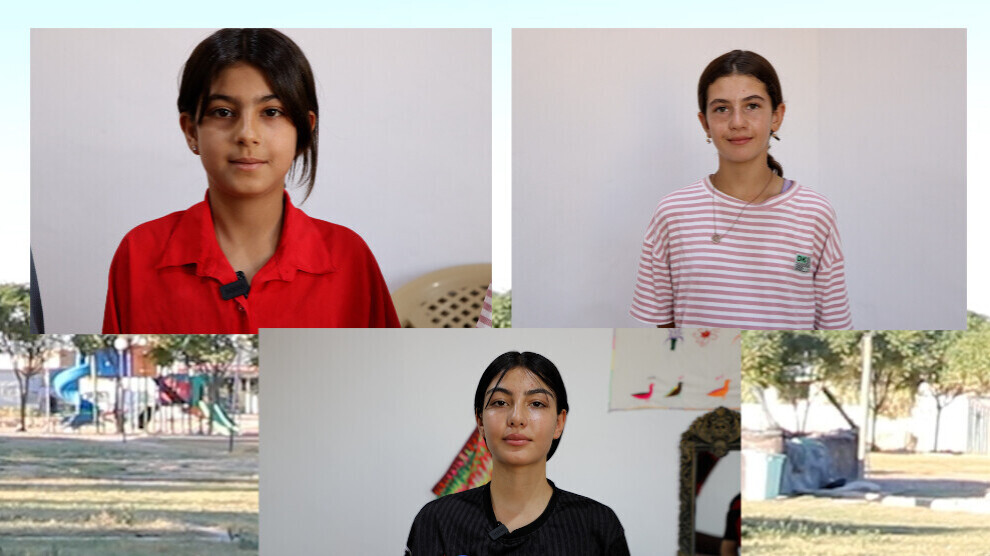Ezidkhan children receive cultural, arts education
At the Stiya Nakhsha Center for Culture and Arts in Khana sor village, Shingal, dozens of children are attending cultural courses aimed at preserving their identity from erasure.

HÊVÎDAR ŞENGALÎ
Shengal (Sinjar) — Education for children is one of the main activities of the Stiya Naxsha Center for Culture and Art in Shengal, where dozens of children join courses each year, especially during summer school holidays.
Nesrin Khansour, a member of the center, said she became involved in its cultural programs at an early age and learned to play musical instruments. “We didn’t know much about our culture before, but through these courses we learned — and now we teach it. This brings me joy. We want to educate and empower the children of our community,” she explained.
She noted that children attending the center are between the ages of 5 and 13, and are taught piano, drums, percussion, and singing. “We spend wonderful time with them, gaining high morale from this work. Many children want to visit the center to learn music and singing,” she added.
“Children will preserve and revive our culture in the future”
Khansour emphasized that neither she nor the children had received cultural education before the firman (genocide). “Our culture is very rich. Before the genocide, we had no cultural or artistic institutions to strengthen our identity, nor spaces dedicated to children. Today, children come to the center to learn, and we even have a girls’ choir,” she said.
“We must express and showcase our culture in every aspect of life — through our white clothes, our diversity, our festivals, and our Ezidi music. The children will be the ones to preserve and revive this culture,” she stressed.
A call to children
Two children attending the courses, Rovin Ahmad and Rojin Khansour, spoke of their enthusiasm: “We love learning music. We love our culture. Everything related to music is here. We want to live through our culture. We’ve been learning here for a year, playing drums, violin, and singing. We want all children to come here like us and learn about their culture.”
